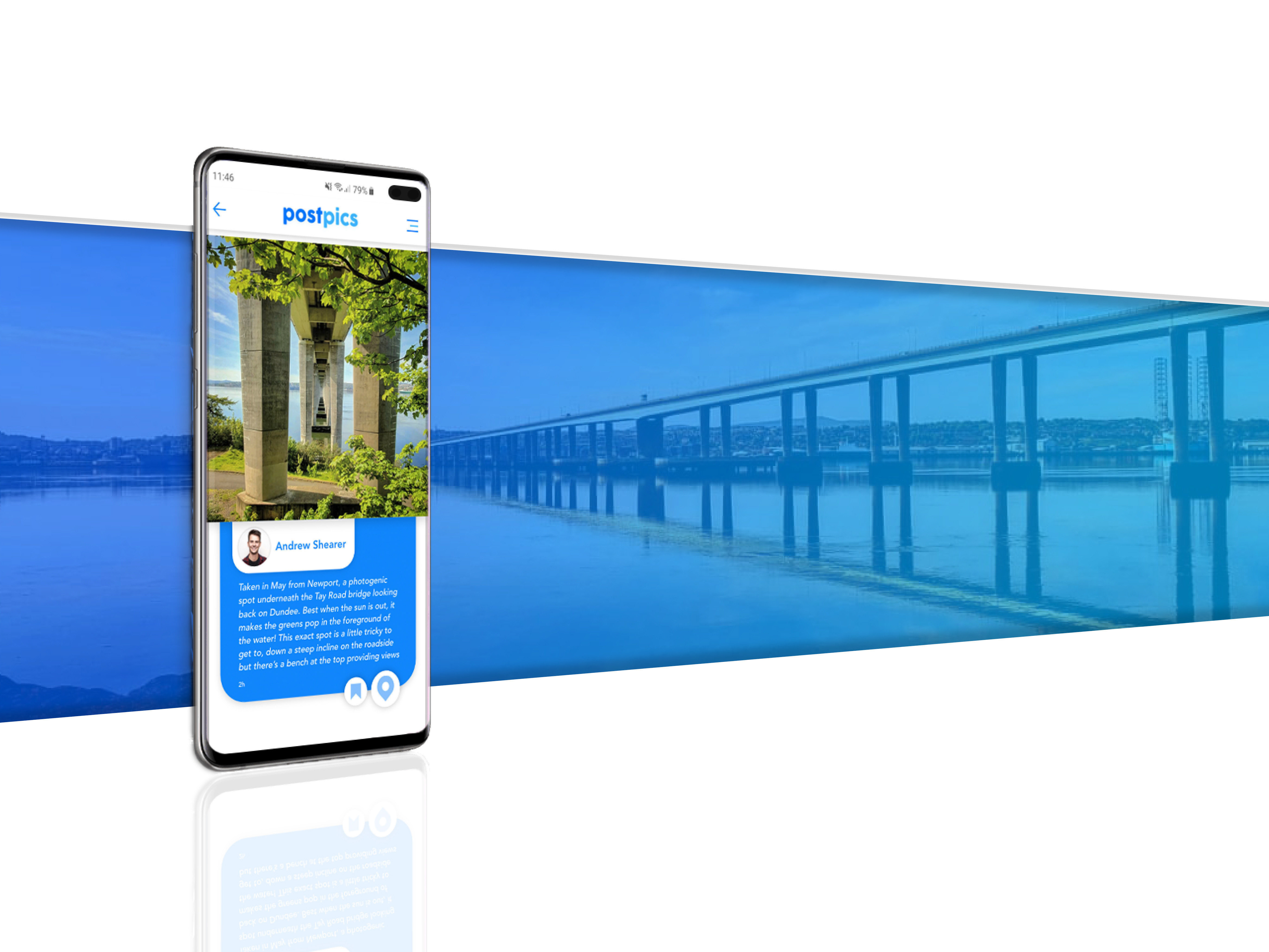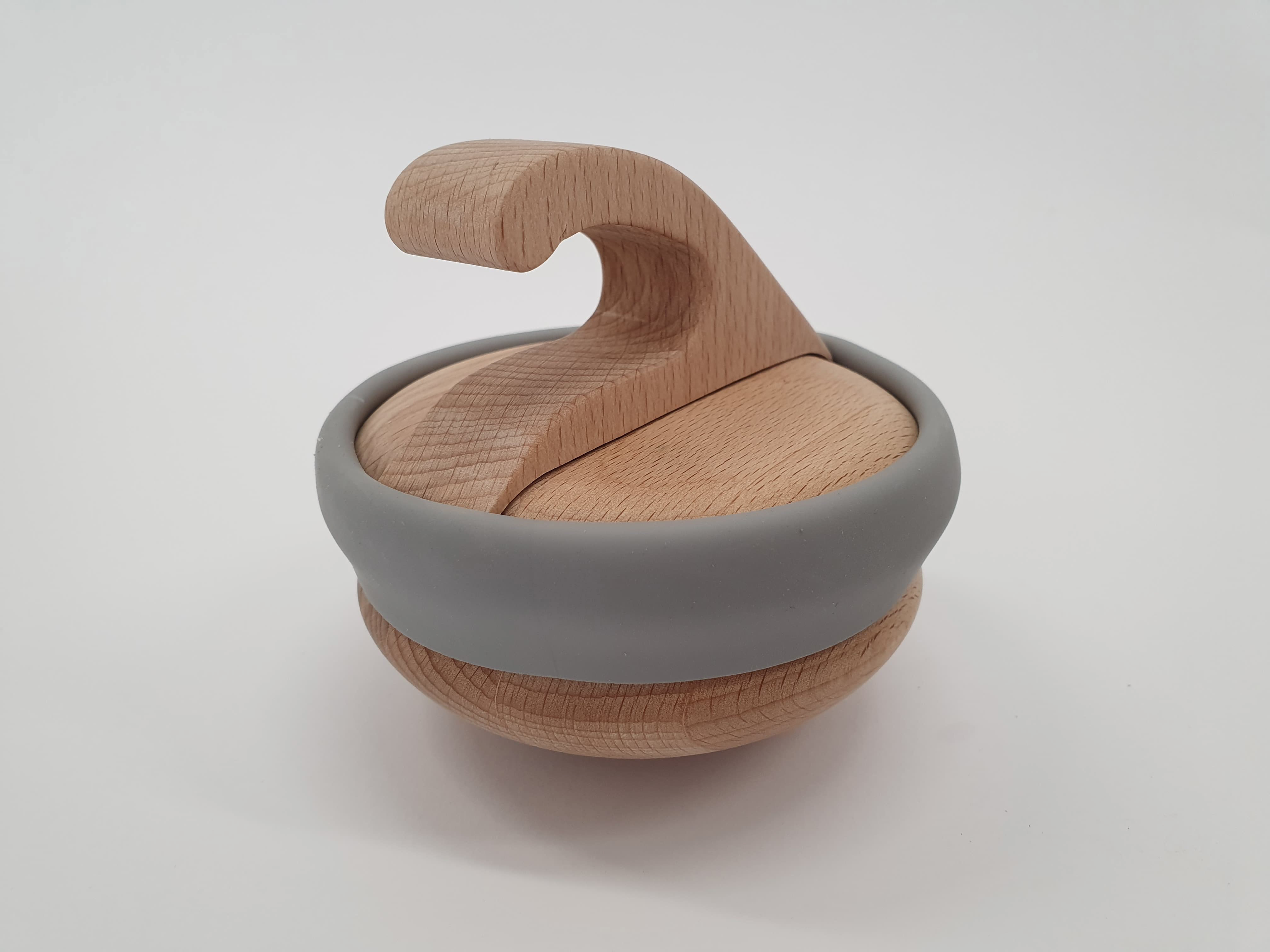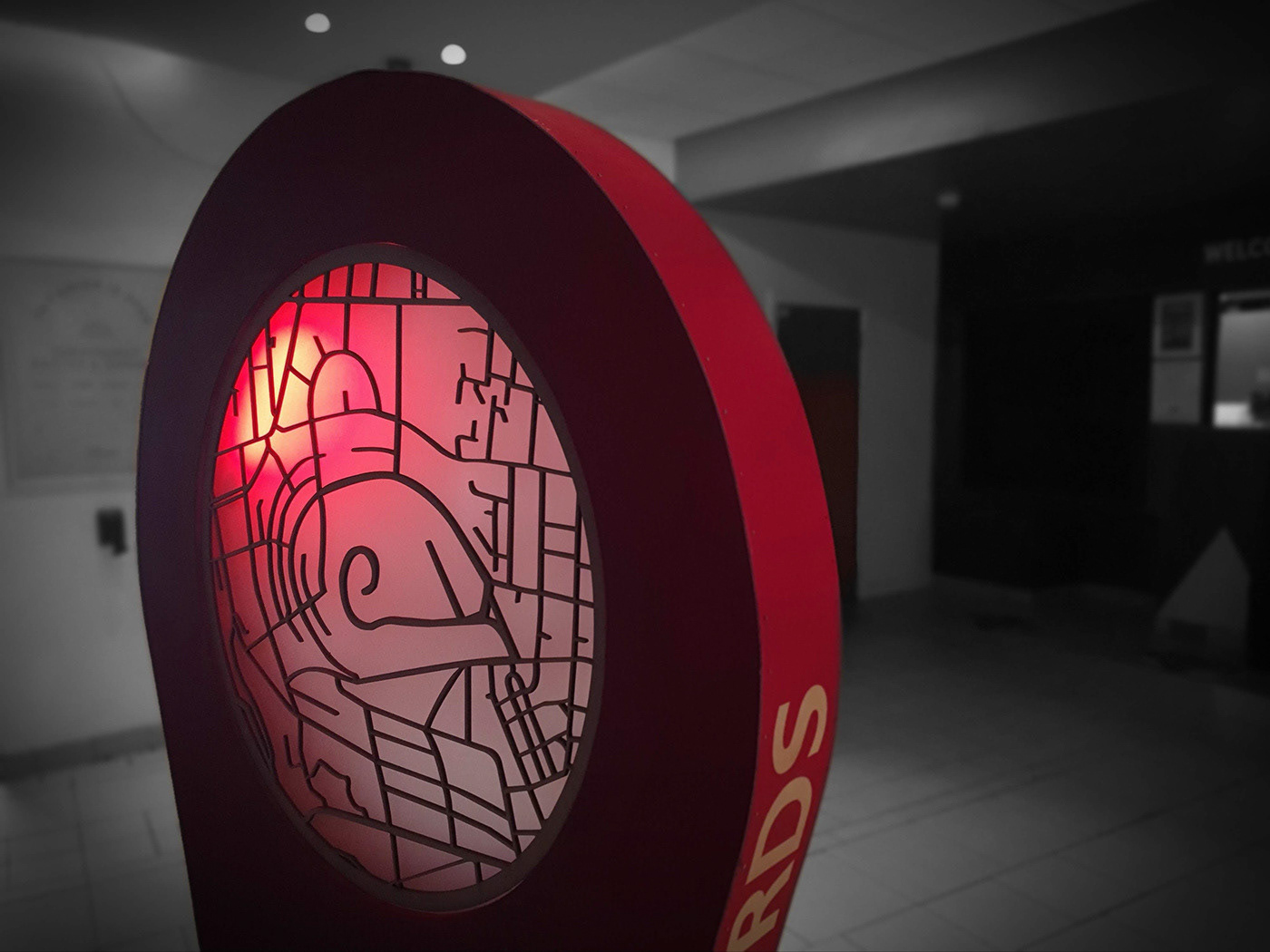In my second year at University, I took part in a group project - set a brief by Microsoft to design and build a product around conversational user interfaces. We made Otto: an AI assistant which helps tackle the problem that parents face when trying to engage with Autistic children in stressful situations. There were 2 Otto prototypes made, the first was through the university module and the second advancement was for the summer exhibition at Microsoft's Design Expo.
The key to this project was consistently working with the users, gaining knowledge and feedback from children and parents on our progress, and carrying out further extensive research with help from Professor Annalu Waller OBE, as well as teachers from local primary schools and the National Autistic Society of Scotland, alongside fieldwork at
Microsoft Research in Cambridge.
What Otto does:
Using an array of sensors (motion, sound, frequency, ambient, light, pressure and heart rate), the concept idea was for Otto to understand the mood of a child, and come 'alive' when it detects that they're in a bad or stressful mood. Then it would open up and speak to the child using the CUI, in order to engage with them and suggest activities to help calm them down. Using the smart sensors it would then know when they're at a lower level of stress, and could refer back to the parent via text to suggest ways for them to then engage further with the child, thus bridging the gap for the parents.
Our concept prototypes 1 & 2 were made from 3D print, moulded from silicon around a wood turned dome and programmed with Arduino; everything done from scratch in house by the team.
Otto was taken forward to the Microsoft Design Expo in Seattle, 2016, where we were awarded for having the most Inclusively designed product.
Using an array of sensors (motion, sound, frequency, ambient, light, pressure and heart rate), the concept idea was for Otto to understand the mood of a child, and come 'alive' when it detects that they're in a bad or stressful mood. Then it would open up and speak to the child using the CUI, in order to engage with them and suggest activities to help calm them down. Using the smart sensors it would then know when they're at a lower level of stress, and could refer back to the parent via text to suggest ways for them to then engage further with the child, thus bridging the gap for the parents.
Our concept prototypes 1 & 2 were made from 3D print, moulded from silicon around a wood turned dome and programmed with Arduino; everything done from scratch in house by the team.
Otto was taken forward to the Microsoft Design Expo in Seattle, 2016, where we were awarded for having the most Inclusively designed product.
Early Prototyping
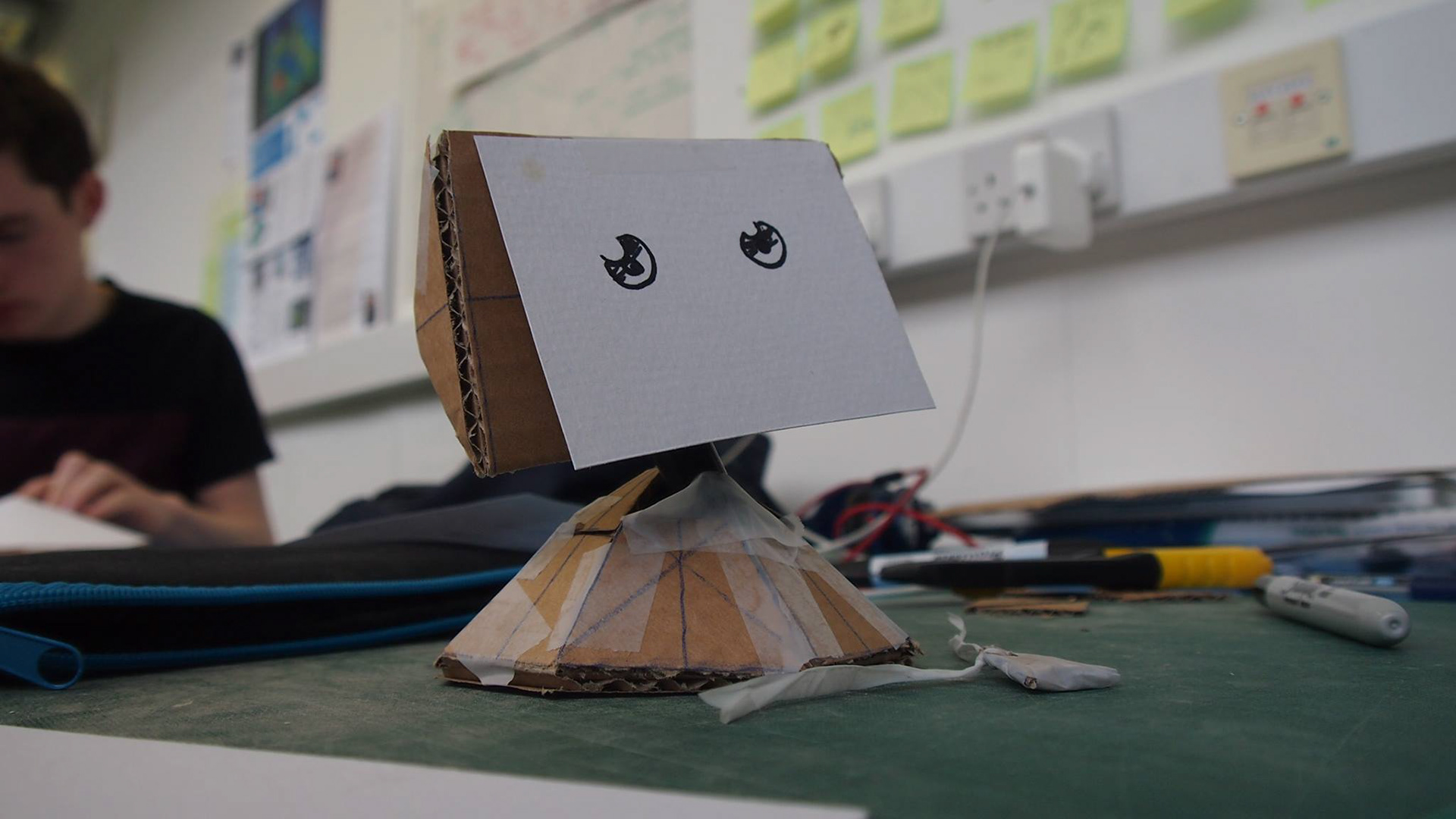
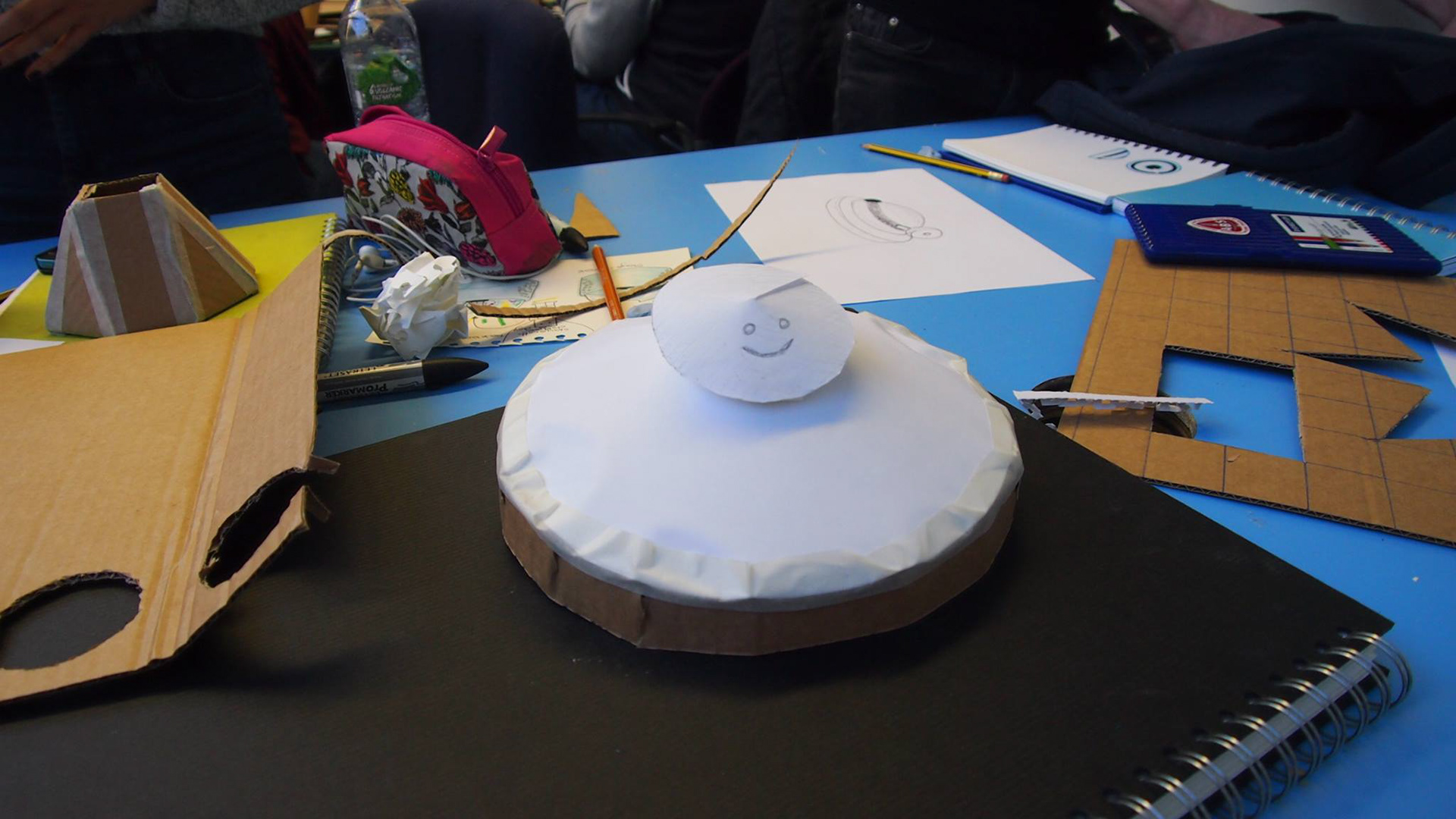
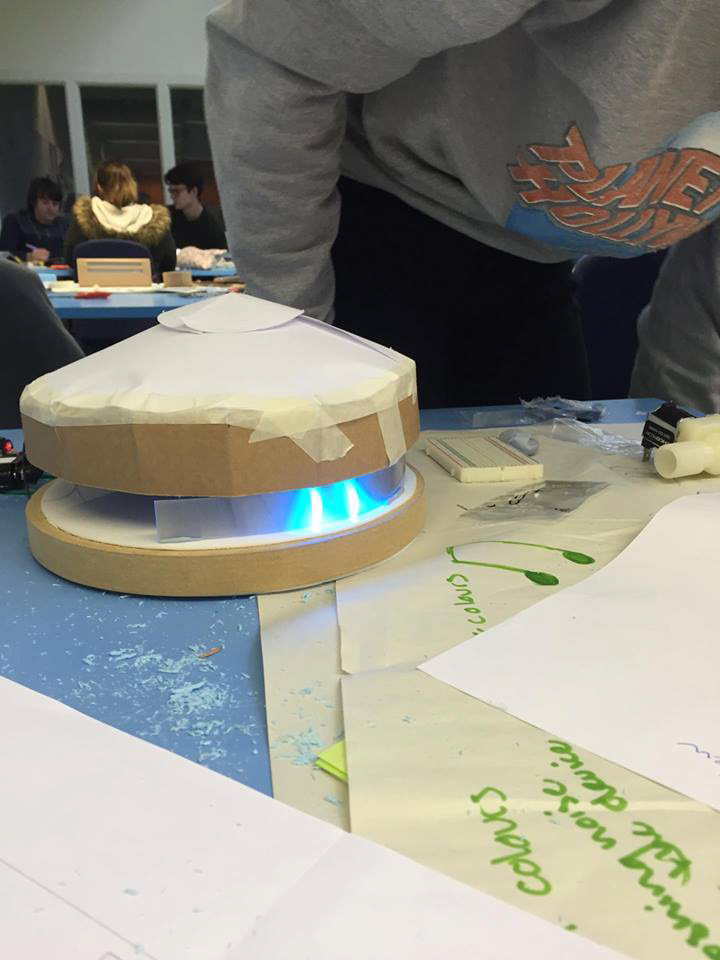
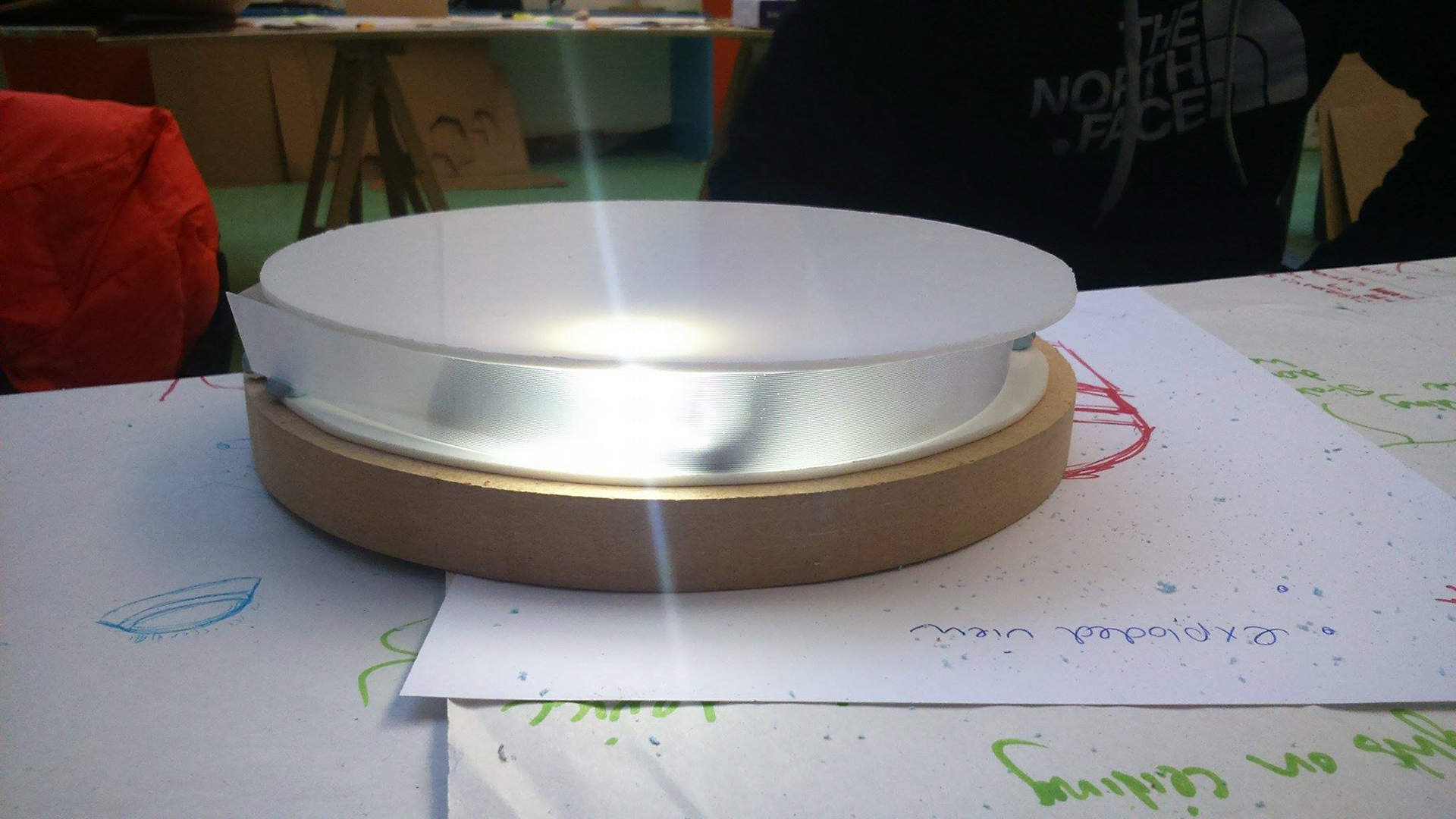
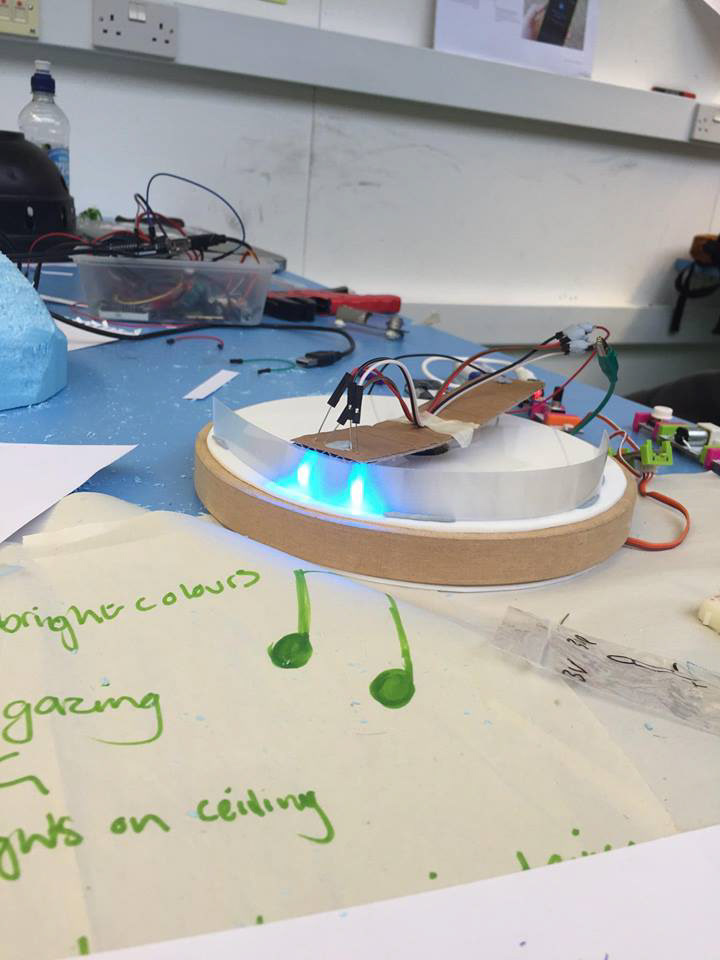
The very initial ideas for Otto came about from creating some cardboard 'robots' aimed at children; akin to smart speakers like Amazon Alex, but with much more personality. We then developed further, and began playing with the electronics and making decisions on exactly what Otto would do.
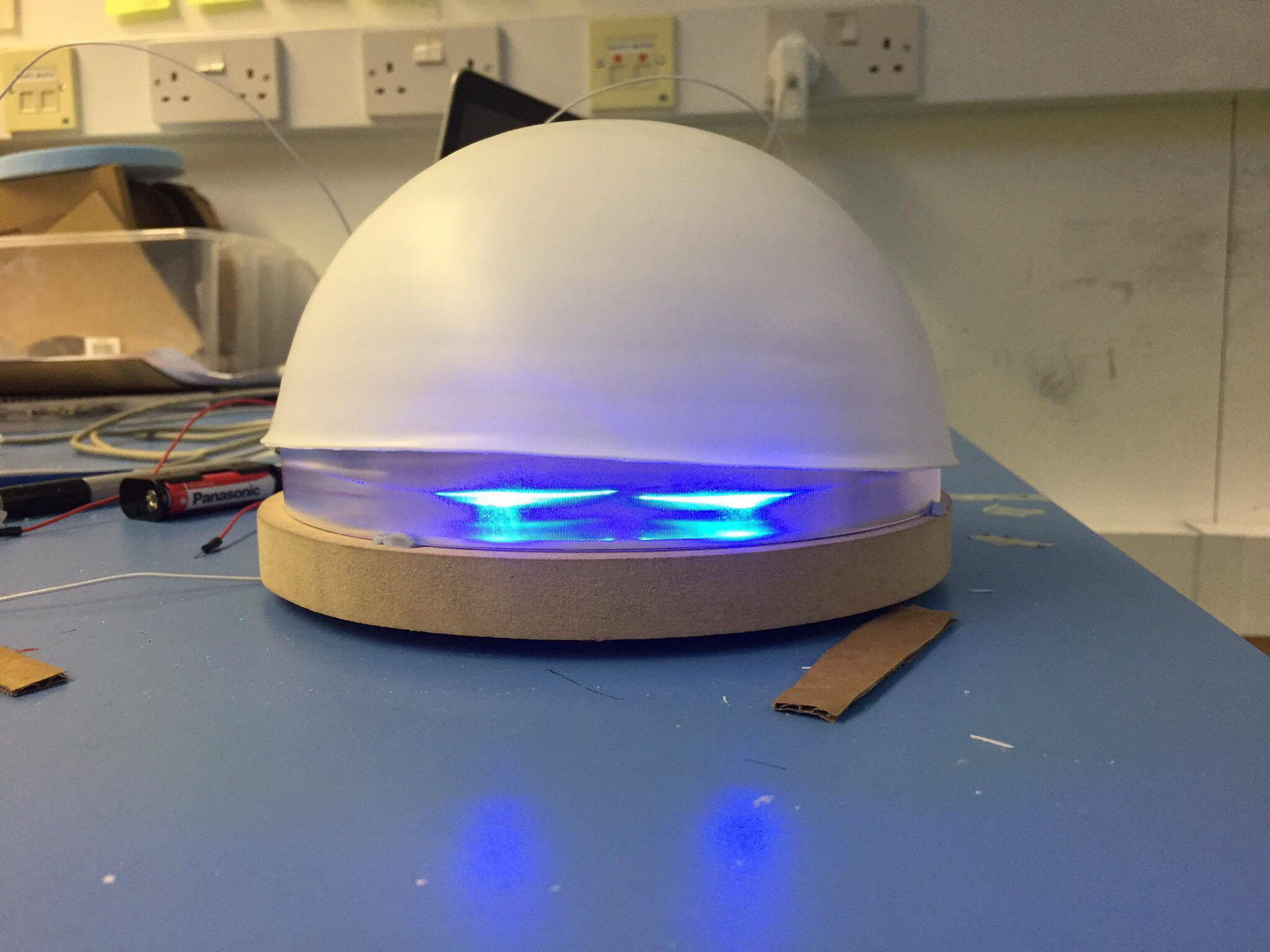

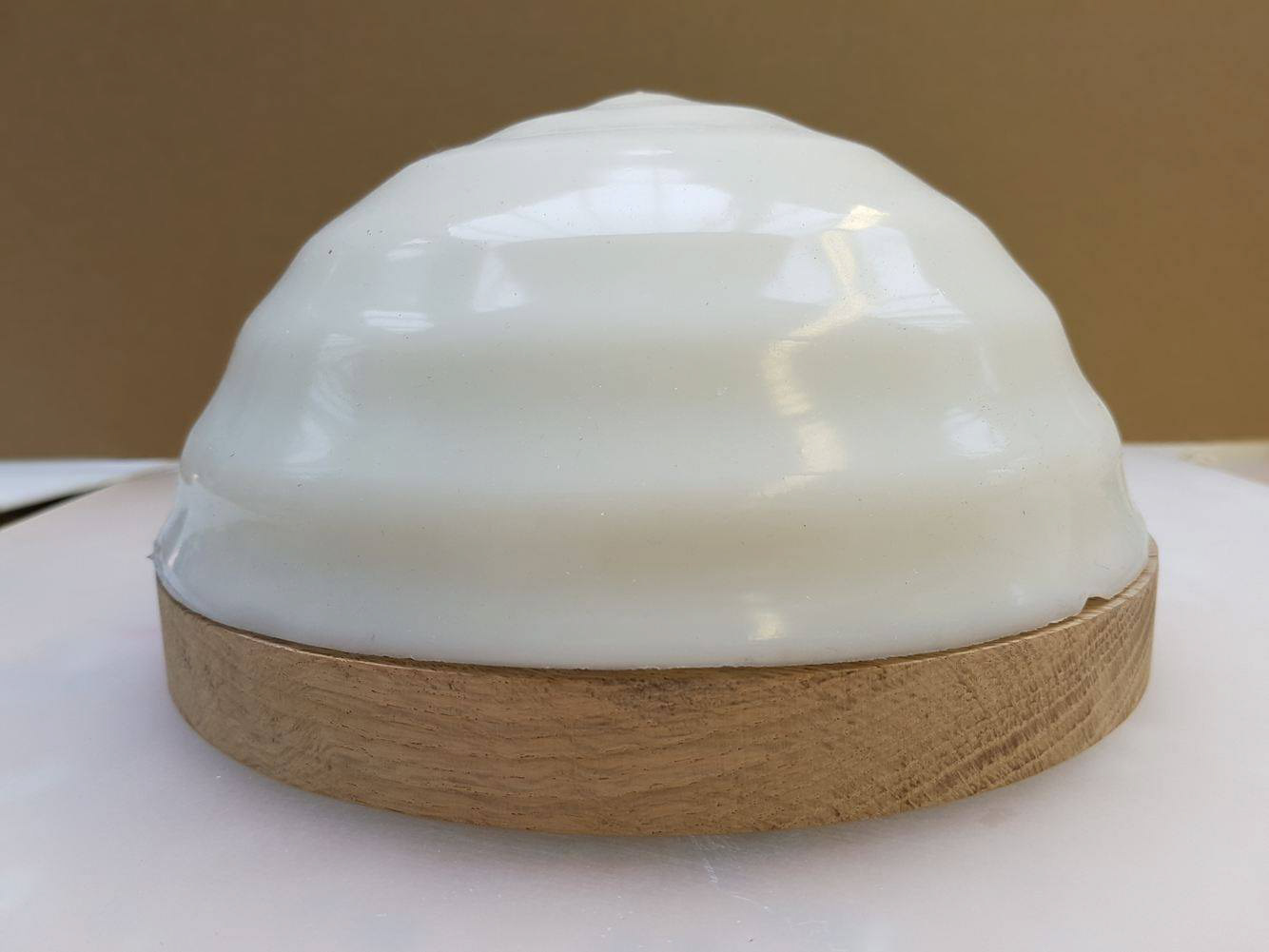
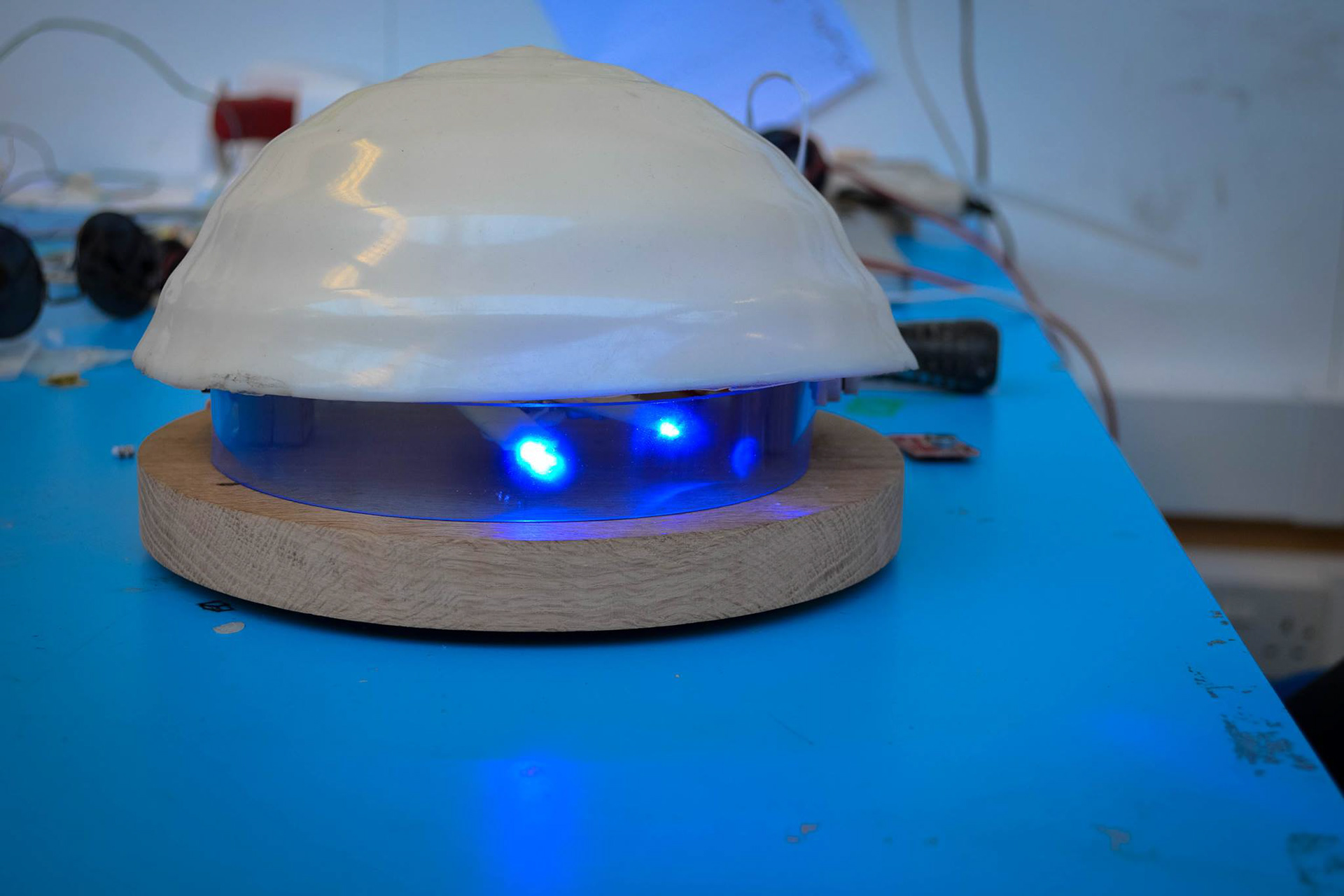
Between the six of us, a lot of research and experimentation went into the form and shape of the product so here's a rundown of why we made certain decisions:
• It's dome shape was inspired by existing sensory toys for autistic children, which allows them to place their hands on it in an organic way.
• It has two LED lights which are symbolic of eyes, but we limited the human like features as to not make it to jarring for children
• Likewise, the voice is robotic but flowing; not too jarring but also not too human-like, which in our tests made children feel uncomfortable.
• The dome is soft touch and textured to appeal to autistic children and their sensory needs, but likewise we made the transition from hard wood to 3D printed plastic on the base of later prototypes to make it safer.
High Fidelity Prototyping
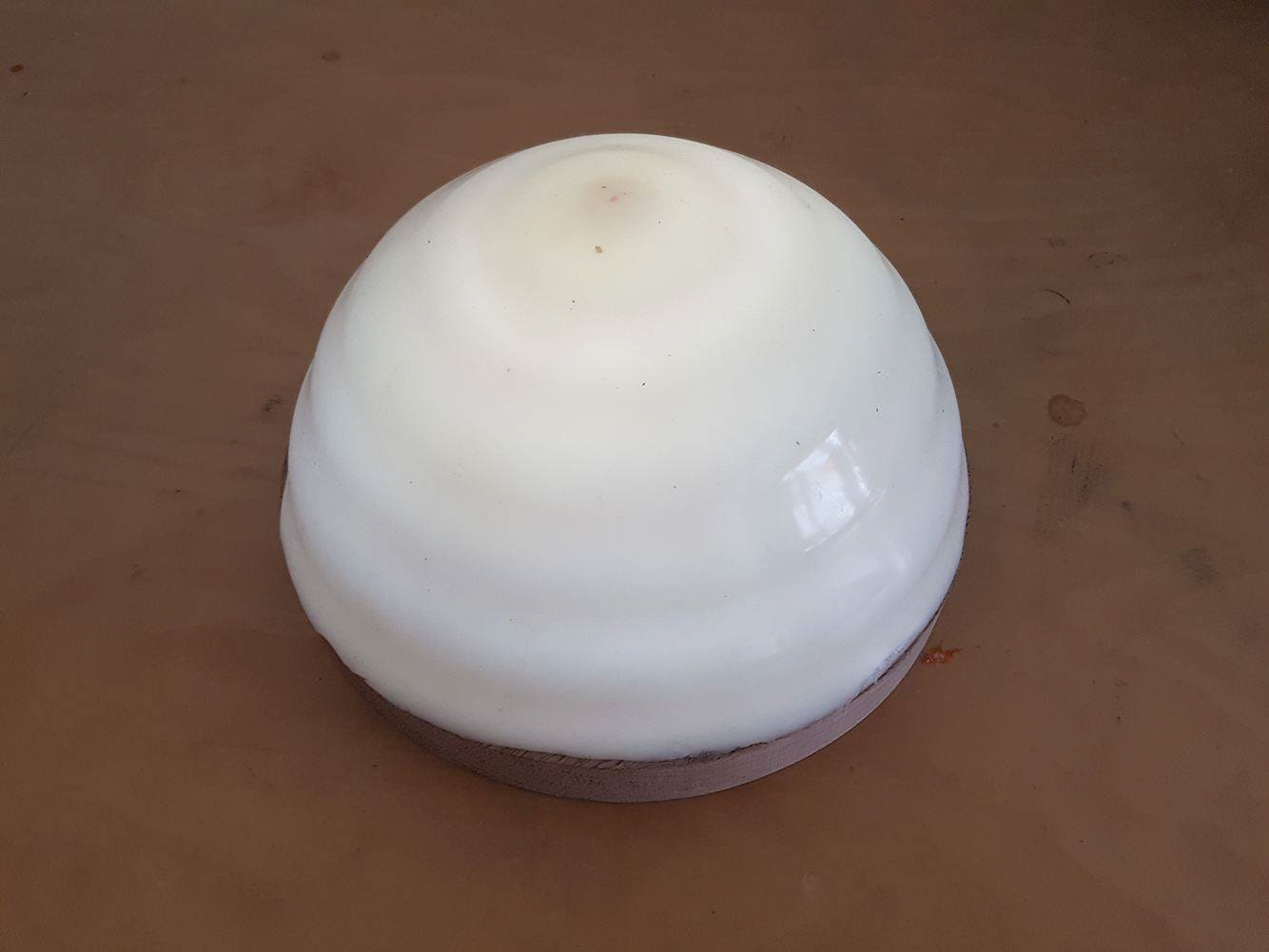


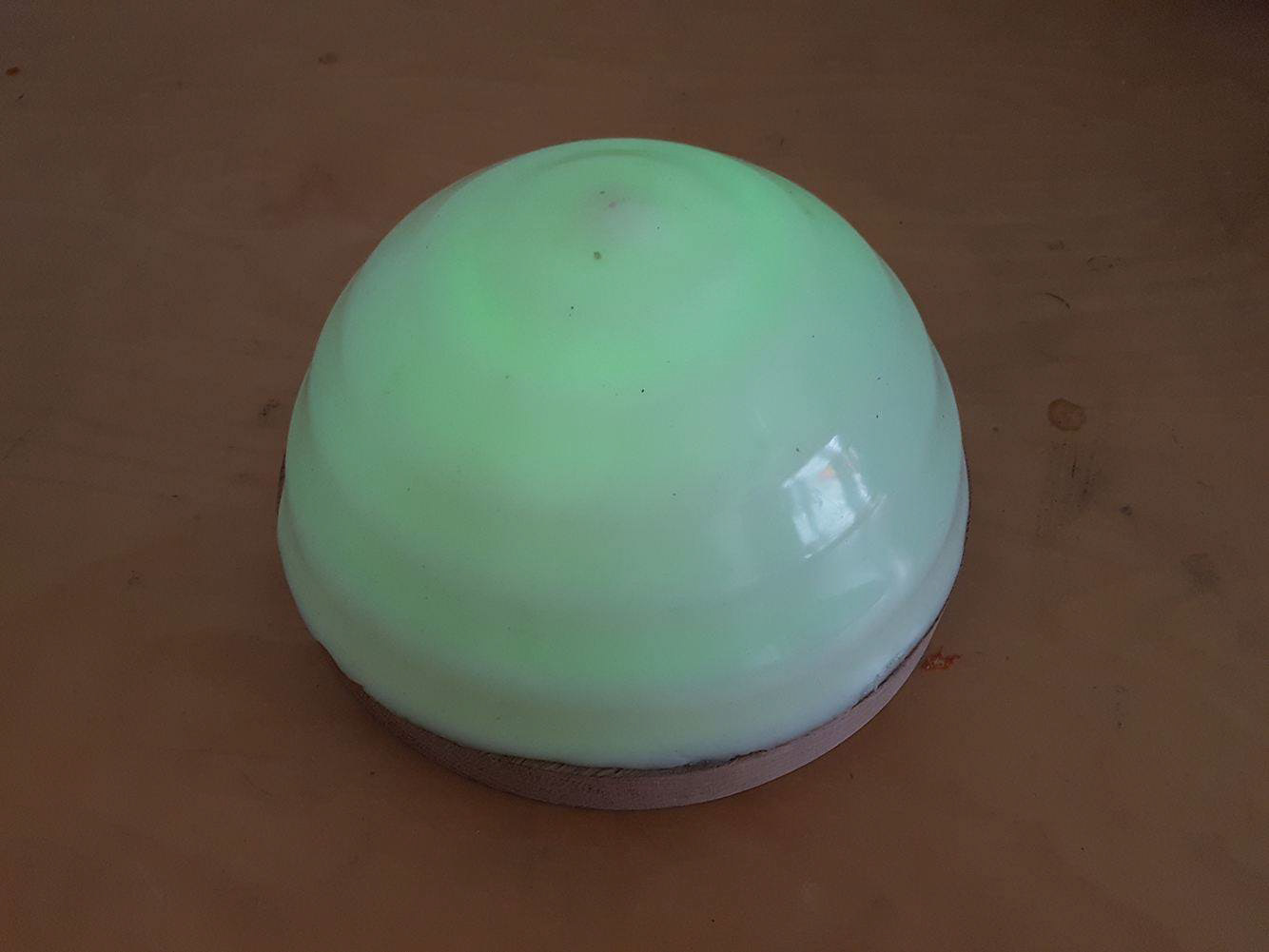
When we had the first physical prototype complete, we focussed on the programming. These photos show an example of how Otto would light up in a traffic light system; like what is commonly used when caring for autistic children to judge and manage their mood. We focused on colours, movements and words, making refined choices to ensure that Otto was as friendly and functional as possible with children.
Below, you can see a CAD mock-up of the base. This was used for the second prototype which we printed from soft touch plastic. You can see where the arms would hold the servos to tilt it open; there was also adequate room built in for all of the electronics and wiring, which would later be sealed.
Throughout the project, as well as building upon physical making skills and user research, I also worked on brand development, social media management and marketing and presentation skills; including the creation of the final PowerPoint for the conference in Seattle.


